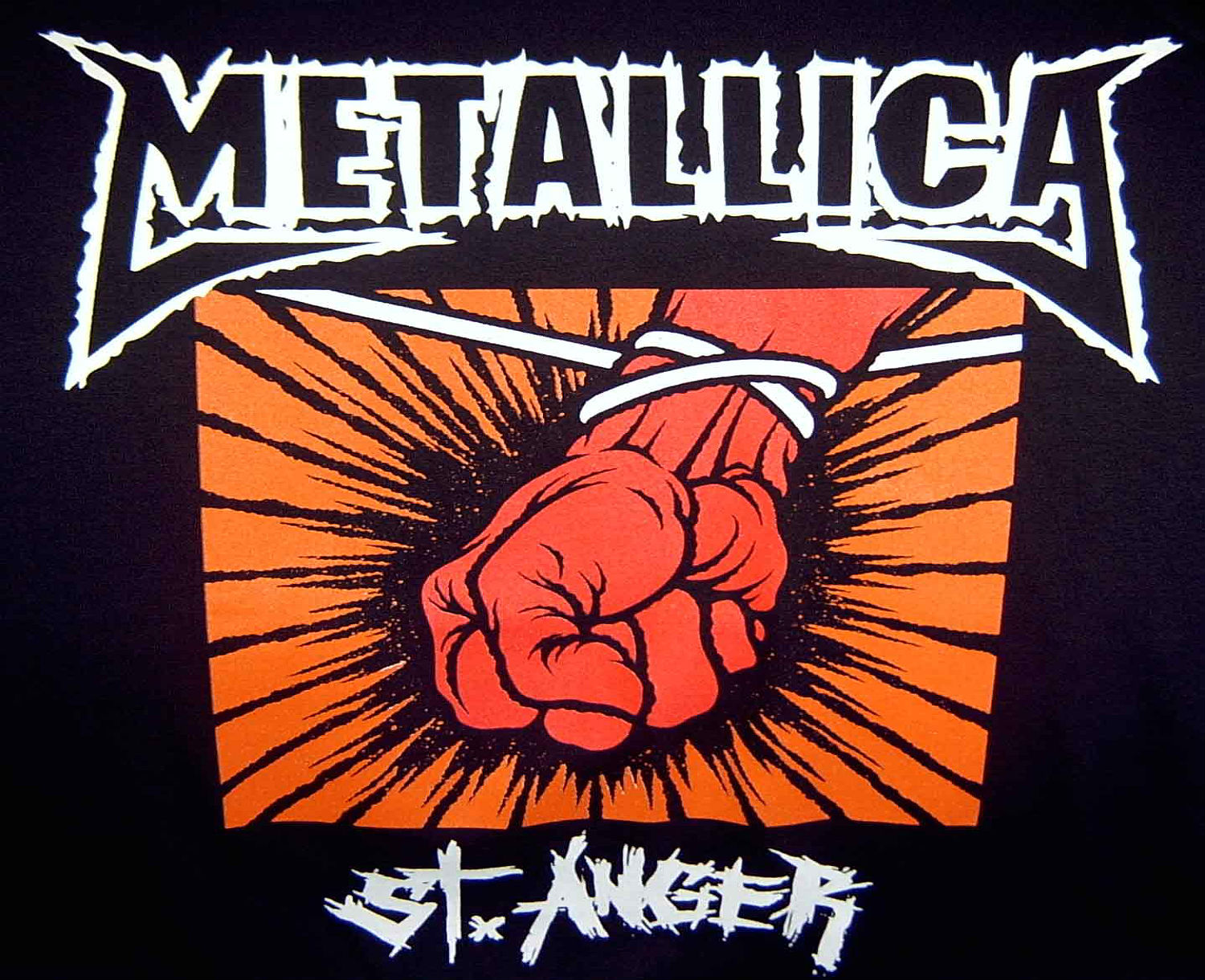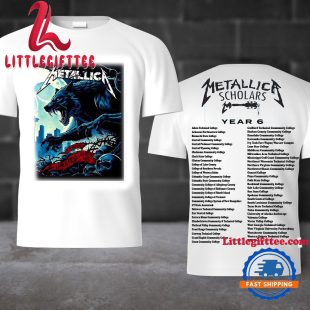Music
Is Metallica Thrash Metal? An In-Depth Exploration of Genre Classification
The question of whether Metallica can be classified as thrash metal invites us to delve into the nuances of musical evolution, genre classification, and the cultural impact of a pivotal band. Metallica, undeniably one of the most influential names in heavy music, has often been credited as one of the ‘big four’ of thrash metal, alongside Slayer, Megadeth, and Anthrax. Yet, their journey through various styles raises important questions about the rigidity of genre definitions. This article aims to explore the roots of thrash metal, Metallica’s musical evolution, and the broader implications of their classification.
The Roots of Thrash Metal

To understand if Metallica is thrash metal, we must first look at the very origins of the genre itself. Emerging in the early 1980s, thrash metal was born from a desire to break away from the polished sounds that dominated mainstream heavy metal at the time. It is characterized by rapid tempos, aggressive guitar riffs, and intense drumming, all elements that resonate with the raw energy and ferocity sought by fans craving something more visceral than traditional heavy metal.
The Emergence of a New Sound

The birth of thrash metal can be traced back to a time when bands like Metallica began experimenting with faster tempos and heavier riffs. With their 1983 debut album Kill ‘Em All, Metallica epitomized the new sound that would define thrash. This album, while often regarded as their quintessential thrash work, was merely the beginning of their artistic journey.
In this formative period, many of Metallica’s songs captured the angst and aggression felt by a generation disillusioned with societal norms. The fast-paced rhythms and unrelenting guitar work not only set a new standard for heavy music but also served as a rallying cry for those who resonated with the themes of rebellion and defiance embedded within the lyrics.
The Influence of Punk and Speed Metal
Thrash metal’s sound was heavily influenced by both punk rock and speed metal. Punk’s rawness and anti-establishment ethos merged seamlessly with the speed and complexity of metal, creating a perfect storm for innovation. Metallica was particularly adept at incorporating these influences, as seen in tracks like “Whiplash” and “Seek Destroy.”
This synergy between genres isn’t just a coincidence; it’s a reflection of the band’s diverse musical background. Many band members grew up listening to a wide array of music, which informed their style and approach to songwriting. By blending punk’s urgency with metal’s technical prowess, Metallica carved out a niche that would eventually shape the entire thrash scene.
Cultural Significance of Thrash Metal
The emergence of thrash metal wasn’t merely a musical shift; it was a cultural phenomenon. It gave voice to an underground community yearning for authenticity and raw expression. Thrash became a conduit for feelings of frustration and resistance, allowing fans to channel their emotions through intense music and powerful live performances.
Metallica played an integral role in this cultural movement, helping to establish a sense of identity within the thrash community. Their music resonated deeply with fans, transcending geographical boundaries and connecting individuals through shared experiences. This cultural significance adds another layer to the question of whether Metallica is thrash metal—it suggests that their impact extends beyond mere genre labels.
Musical Evolution Beyond Thrash

As Metallica progressed through the ’80s and into the ’90s, their sound evolved significantly, leading many to wonder if they still fit neatly within the confines of thrash metal. Albums like Master of Puppets and …And Justice for All showcased complex arrangements and lyrical depth, pushing the boundaries of what thrash could encompass.
A Shift in Sound and Structure
With Master of Puppets, Metallica moved beyond the frenetic pace traditionally associated with thrash. The album features intricate song structures and thoughtful compositions that challenge listeners to engage with the music on a deeper level. Tracks such as “Battery” and “Welcome Home (Sanitarium)” demonstrate a maturity in songwriting that sets them apart from their earlier work.
This progression indicates that while Metallica may have initially embodied the thrash sound, they were evolving into something greater—an amalgamation of various influences that elevated their artistry. By exploring different musical pathways, they opened the door for future generations of musicians to experiment and innovate within the metal genre.
Lyrical Depth and Complexity
Another vital aspect of Metallica’s evolution lies in their exploration of lyrical themes. While early thrash often focused on rebellion and aggression, later albums introduced thoughtful narratives and introspective lyrics that delve into topics such as addiction, mental health, and societal issues. This shift in focus showcased Metallica’s growth as artists willing to address complex subjects that resonate with listeners on multiple levels.
For instance, the haunting lyrics of “One” tell the story of a soldier grappling with the horrors of war and its aftermath. This departure from the typical thrash themes challenges the notion that Metallica is solely a thrash metal band. Instead, they emerge as multifaceted artists capable of weaving intricate stories into their music.
Exploring Diverse Influences
Metallica’s willingness to embrace diverse musical influences is another reason why many argue against labeling them strictly as a thrash band. As they ventured into the ’90s, elements of rock, progressive metal, and even symphonic influences began to permeate their sound. Their collaboration with the San Francisco Symphony Orchestra on the album SM exemplifies this trajectory.
By embracing these varied influences, Metallica has not only expanded their own sonic palette but also contributed to the evolution of the metal genre as a whole. They have blurred the lines between styles, encouraging other artists to explore unconventional sounds and push the boundaries of what metal can be.
Comparing Popularity and Impact

When discussing whether Metallica is thrash metal, it’s essential to consider their popularity compared to other thrash bands. Metallica’s commercial success, especially during the late ’80s and early ’90s, positioned them as the face of thrash metal for many mainstream audiences. However, this accessibility raises questions about authenticity and genre purity within the music industry.
Breakthrough to the Mainstream
Metallica’s rise to prominence began with their album …And Justice for All and continued with the iconic self-titled album, often referred to as the Black Album. These records propelled them into the limelight, introducing thousands of new listeners to the world of thrash metal. Songs like “Enter Sandman” and “The Unforgiven” showcased their ability to blend melodic elements with heavy instrumentation, attracting a wider audience.
While this commercial success undoubtedly expanded their fanbase, it also sparked debates among purists who felt that Metallica’s shift towards a more accessible sound diluted their thrash identity. Critics argued that in striving for mainstream acceptance, Metallica had strayed too far from their roots.
The Commodification of Thrash
The discussion surrounding Metallica’s mainstream appeal introduces the concept of commodification in music. As they achieved commercial success, some critics claimed that their sound and image became more marketable, leading to a perceived decline in authenticity. This commodification raises significant questions about what it means to be a “thrash metal” band in today’s music landscape.
Notably, the evolution of Metallica’s sound reflects larger trends in the music industry, where commercial viability often takes precedence over artistic integrity. Other thrash bands, such as Slayer and Anthrax, remained loyal to the genre’s roots and did not experience the same level of mainstream success. While these bands are undoubtedly respected within the thrash community, Metallica’s crossover appeal set them apart—and prompted discussions about the true essence of thrash metal.
Cultural Impact and Legacy
Ultimately, Metallica’s impact on the music world extends far beyond their classification as a thrash metal band. They played a critical role in introducing countless listeners to heavy music and inspiring future generations of musicians across various genres. Their influence can be seen in the work of countless artists who cite Metallica as a primary inspiration.
Moreover, Metallica’s presence in popular culture has solidified their status as icons. From film soundtracks to video games, their music continues to resonate with audiences worldwide. This cultural significance complicates the notion of categorizing them strictly as thrash metal; instead, they emerge as pioneers who have helped redefine the boundaries of multiple genres.

The question of whether Metallica is thrash metal ultimately leads us to a broader conversation about musical evolution and genre fluidity. While they undeniably played a pivotal role in shaping the thrash metal movement, their artistic journey reveals a complexity that transcends simple classification.
Through their innovative sound, thoughtful lyrics, and willingness to explore diverse influences, Metallica has established themselves as hybrid artists operating at the intersection of multiple genres. Rather than confining them to a single label, we discover that embracing the intricacies of their artistry opens new avenues for understanding both their work and the genre as a whole. The legacy of Metallica serves as a reminder that music is ever-evolving, and so too should our understanding of it.




















